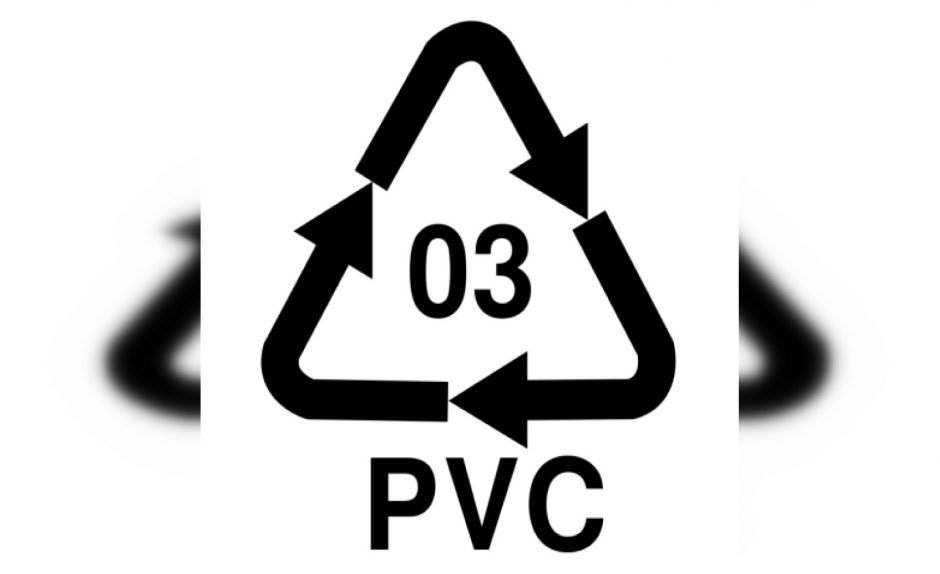For more than a decade environmental scientists and specialists has been raising awareness about one of the invisible danger – phthalates. The use and control of these chemicals in the sewage, which directly influence wastewater and sludge quality and are dangerous to health, is one of the STEP project horizon of interests.
Which kind of danger?
According to the European Chemicals Agency (ECHA), which deals with the registration, evaluation, authorization and restriction of chemicals, plasticizers – chemicals called phthalates – are used in modern industry and households to make plastics more flexible, transparent and durable. Phthalates are endocrine disruptors and also toxic for reproduction. According to expert data provided to the European Commission, everything we use every day without thinking – perfumes, cosmetics, plastic dishes, washing powder, baking paper, mobile phones, personal care products, textiles – can be infertility, birth defects, cancer, diabetes and even cause of obesity. Phthalates enter human bodies through foods that have been packaged or made using plastic equipment. According to researchers at Columbia University (USA), phthalates are fat-soluble, and lipids in milk attract harmful substances from plastic pipes, making the milk contaminated with harmful chemicals. But the list of items or products that poison the environment with phthalates is much longer. Phthalates are used and found in various household items: shower curtains, vinyl upholstery, adhesives, floor coverings, food packaging and wrapping films, cleaning materials. Personal care products – lipsticks, perfumes, deodorants, hair care products, nail polish, and liquid soap – also contain phthalates.
Unexpected research results
Producers are the most responsible for the presence of phthalates in the household. It is estimated that Europe alone produces around 1.5 million tons a year of plasticizers, which about 70 % this amount consists of phthalates.
The extent of the occurrence and distribution of phthalates in wastewater is not known in Lithuania. These substances were found in the sewage of different organizations that entering to the wastewater treatment plant of the company “Klaipedos vanduo” (Lithuania). Therefore in 2018 December during the international STEP project meeting, researchers of Klaipeda University, Klaipeda city citizens, ecologists of industrial enterprises and environmental protection specialists expressed the need to start research of the concentrations of new harmful substances in the effluents of different facilities in order to assess the extent of the formation and spread of phthalates.
“For that purpose 37 wastewater samples were taken in different places of Klaipeda city and district and analyzed in Vilnius Water Research Laboratory in the end of 2019” said Danguolė Čeledinienė, an ecologist of the company “Klaipedos vanduo”.
The prevailing view is wrong that phthalates can only be found in the effluents of companies involved in the plastics industry. According to the results of research conducted by the STEP Interreg project, we can state the presence of phthalates in absolutely all activities, e.g. industrial or manufacturing enterprises, supermarkets, government agencies and organizations that have absolutely no connection with production or industry in wastewater, as well as in wastewater from the population, even in schools and kindergartens.
Advises to avoid plastic
According to scientists the main measure to protect against these harmful substances is to avoid plastic products or their packaging, to give priority to organic products in glass packaging. Currently, according to the STEP project implemented by Klaipeda University, phthalate concentrations are also being investigated in the wastewater and sludge of the Polish city of Goleniow. Investigations of phthalates in the wastewater on the island of Bornholm are also fulfilled. With this data, Klaipeda University researchers together with project partners and associated partner “Klaipėdos vanduo” specialists will analyze the obtained results and come with some conclusions and recommendations on pollution reduction measures.
Full article in Lithuanian language please read here

